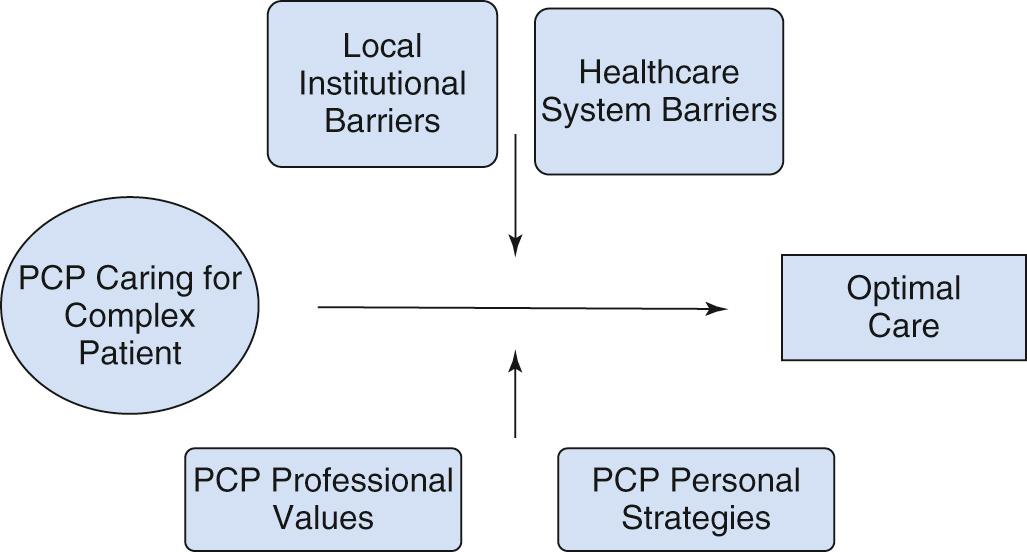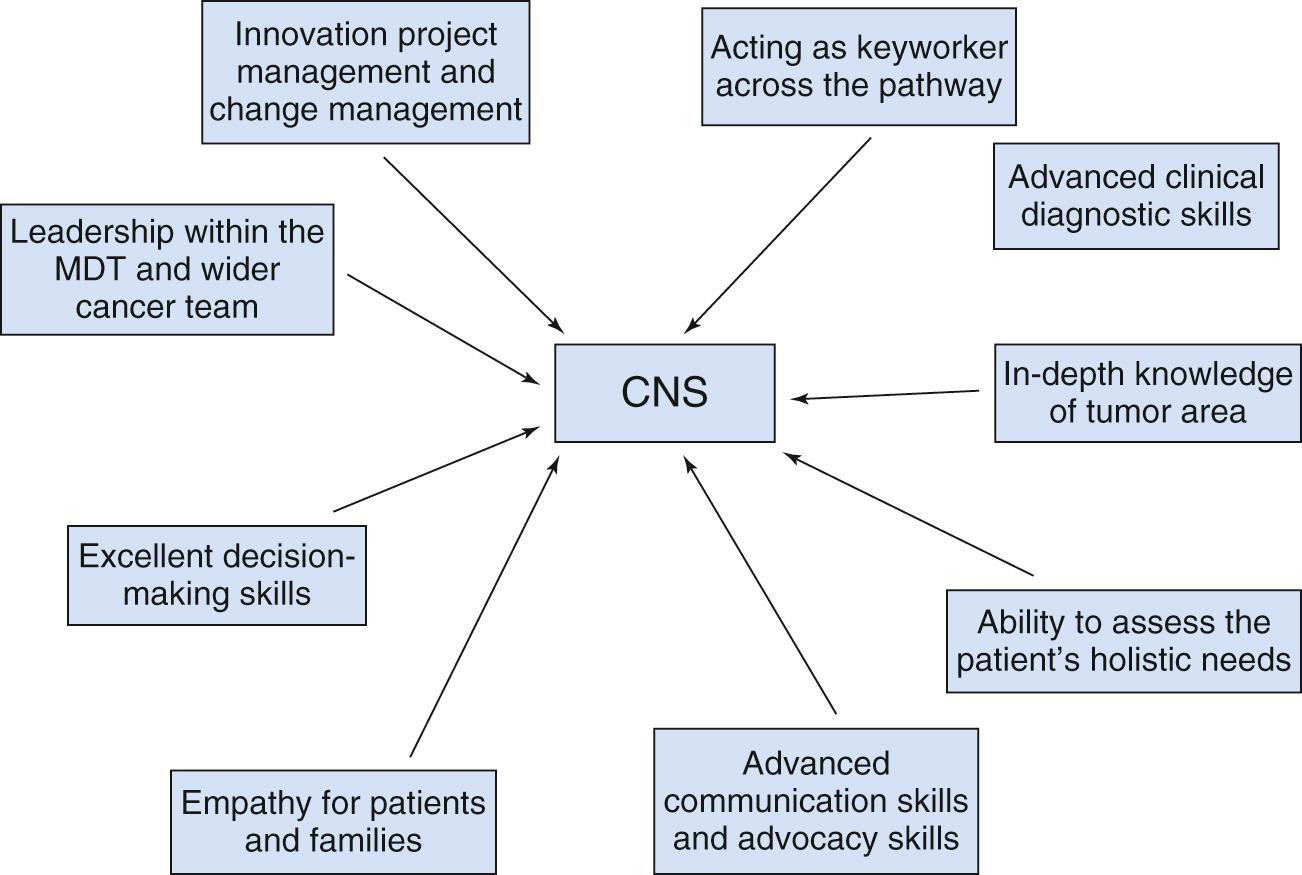Physical Address
304 North Cardinal St.
Dorchester Center, MA 02124
Communication between the cardiologist and providers of primary care is an essential component of the medical care of the patient and is of increasing importance in the current era, which is marked by increased complexity of medical testing and polypharmacy. Breakdowns in this vital area of communication can result in delayed or missed diagnoses, repeated or unnecessary testing, increased morbidity and possible mortality, and increased risk of litigation. The challenges that face patients with congenitally malformed hearts go beyond their particular pathophysiology. All patients with important cardiovascular defects require health care delivered by multiple teams. The providers of primary care, general practitioners, and general pediatricians are usually the first line of defense against morbidity and mortality for these patients. Geographic constraints and time may limit patient access to the cardiac specialist; therefore the patient and his or her family must maintain constant and consistent interaction with the team providing primary services to optimize the delivery of health care.
Difficulties in communication between generalists and specialists have been extensively documented. Many physicians learn how to provide effective consultation and treatment and subsequently communicate their results through trial and error, resulting in considerable variability in communication skills and frustrated referring physicians. Pediatricians have historically lagged in developing an infrastructure for effective consultation, and most of the landmark literature in this area come from experience with adult patients. Explicit instructions have been developed for internists and other physicians in how to perform effective consultations and how to improve interpersonal and communication skills. In this chapter, we review some of the challenges encountered when multiple teams care for a mutual patient. Some common problems are highlighted by making reference to hypothetical cases. We also offer some thoughts on potential solutions.
Infant born with multiple medical problems and complex congenital heart disease
Discharged to home at 42 days old
Parents call pediatrician 1 week later to request refill of medicine used for gastroesophageal reflux disease
Pediatricians advise parents to call cardiologist (who started the meds) because of the complex nature of patient's heart disease
Parents are frustrated because cardiology told them to call their pediatrician for refills
The overall health of the child is the responsibility of the team providing primary health care, and consultants must recognize their subsidiary role yet at the same time communicate enough information to the primary care provider (PCP) so that they feel comfortable managing common pediatric problems. Prolonged stays in hospital, particularly soon after birth, often are secondary to the diagnosis of multiple problems. The complex patient with multiple medical problems presents numerous challenges for the PCP. Numerous challenges for the PCP include (1) lack of care coordination; (2) complex technology management; (3) patients’ pervasive psychosocial needs; and (4) lack of effective health care provider training.
This vulnerable patient population is particularly at risk when handovers occur from the cardiologists or subspecialist to the PCP. The points of handover when patients move between clinicians are known as “transitions of care,” and these are recognized as times of high risk for patients because information may be miscommunicated or lost during this time. The lack of effective transfer of information from the tertiary care center to community clinicians for vulnerable infants is a known problem. Poor handovers have been associated with higher hospital readmissions, increased medical costs, medication errors, failure to follow up after discharge, and other adverse patient events. Although the reference case of a medication refill seems like a trivial matter and typically can be handled without incident, studies indicate that seemingly trivial matters in postoperative cardiac patients can be underestimated by parents and by trained medical personnel. Many parents admittedly underestimate the severity of their child's illness.
Frequently, postoperative cardiac infants have not yet had a face-to-face encounter with their PCPs. It is therefore not surprising that interviewed primary care physicians frequently cite the disconnection between themselves and their patients, particularly when insufficient communication from the cardiac team results in a vital loss of pertinent information ( Fig. 85.1 ).

The cited case study is an example of a complex patient, defined by the Agency for Healthcare and Quality as persons with two or more chronic conditions where each condition may influence the care of the other condition. Complex patients are known to have higher rates of poor clinical outcomes and currently comprise more than one-quarter of the US population. Numerous barriers to health care have been described in these patients, including poor care coordination, poor communication among clinicians caring for these patients, and the lack of team-based approaches.
Although most patients identify the PCP as the principal caregiver of the patient and patient surveys’ descriptions of their PCP reflect this sentiment, poor communication between the cardiologist and PCP undermines this role.
Comments from primary care physicians such as “not being kept in the loop,” “I feel like I'm the quarterback for my patients, but …sometimes I'm not even in the game,” and “patients kind of disappearing from me during cancer treatment” underscore this disconnection. The disconnection between a patient with congenital heart disease and the PCP is heightened when that provider has never had a face-to-face encounter with the patient, such as when a newborn with congenital heart disease is seeing the provider for the first time. Familiarity with the patient and disease are facilitated by predischarge planning with written and frequently verbal communications to the PCP. This is essential for delicate patients, particularly cardiac patients who are shunt or stent dependent for pulmonary or systemic flows. There is evidence to suggest that a minimum information content for comprehensive discharge planning and patient follow-up is needed at the times of transitions of care for complex patients. That minimum can be listed on a one-page medical summary and should include essential items ( Box 85.1 ).
Author: Jena Tanem, CNP
50 days old
PATIENT DETAILS
Summary of Diagnoses and Procedures
Born at term birth weight 3.640 kg. Apgars 8 and 8
HLHS (MS/AA)-s/p Norwood with 3.5 mBTS and atrial septectomy on 11/18/20
Acute thrombus of the external iliac, femoral and superficial femoral arteries 11/22/20, completed Lovenox therapy
Pericardial effusion—s/p subxiphoid drainage 12/1/20
Diagnostic cardiac catheterization r/t hypoxia, pulmonary venous desaturation found 12/20/20
ALLERIGES AND MEDICATIONS
Medications
Aspirin 40.5 mg PO daily
Clonidine 5 µg PO TID
Digoxin 10 µg PO BID
Lansoprazole 4 mg PO BID
Allergies—NO KNOWN ALLERGIES
CARE TEAM
Primary Physician: Tyra Stephens, MD
Cardiologist: Paul Stephens, MD
Surgeon: Ty Itwright, MD
Interventional Cardiologist: Gil Wernovsky, MD
CARE COORDINATION
Recommendations/Next Appointments
Planned bidirectional Glenn, ~age 4–6 months. Continue interstage home monitoring program until then. Parents will record daily oxygen saturations, HR, weights, and enteral intake, seen every 1–2 weeks in Interstage Clinic and receive weekly phone calls. Immunizations: Routine childhood immunizations are NOT recommended until after second stage surgery. He SHOULD receive monthly RSV prophylaxis during the cold and flu season
Nutrition: 24 cal EBM PO ad lib, goal of 120 mL/kg/day and 96 kcal/kg/day
Care coordination:
PMD: 12/22/20
Interstage Clinic: 12/29/20
Continue home 02, 0.5 L nasal cannula continuously for pulmonary venous desaturation
Action Plan (When to Call/Who to Call)
Any breach of preestablished criteria or other concerns should prompt parents/health care providers to immediately notify the interstage team. Points of concern would be:
oxygen saturations less than 75%
24-h enteral intake of less than 100 mL/kg per day
weight loss of 30 g or more over a 2–3-day period
inability to gain 10–20 g over a 2–3-day period
development of intercurrent illness including symptoms such as cough, increased work of breathing, irritability, vomiting, diarrhea, or fever greater than 100.5°F.
EBM, Expressed breast milk; HLHS, hypoplastic left heart syndrome; HR, heart rate; RSV, respiratory syncytial virus.
The creation of a summative action plan that describes daily management including permitted activities and medications if needed; what symptoms to look for and how to manage them; and when to call the specialist is helpful for both parents and PCPs. Early contact with the local provider was valued by families, even if the child was deemed quite stable. Discharge instructions for parents should include crucial contact information and an action plan for calling their physicians. The written discharge information for the family should complement the one-page medical summary provided to the PCP.
There is increasing utilization of the Certified Nurse Specialist in serving the needs of complex patients. Nurse specialists fill a variety of needs that complex cardiac patients and their families require especially in coordinating care and facilitating communications between the caregivers and providers ( Fig. 85.2 ). Parents and physicians have confirmed that certified nurse specialists remain the mainstay of posthospitalization home monitoring programs, which have dramatically reduced interstage mortality in single ventricle patients, improved weight gain, reduced the need for cardiac transplantation, and facilitated earlier detection of important hemodynamic derangements. There is wide agreement that a critical component to the success of home intervention programs concerning high-risk patients is empowering the parent/caregiver through education, repetition, and fail-safe mechanisms.

Become a Clinical Tree membership for Full access and enjoy Unlimited articles
If you are a member. Log in here